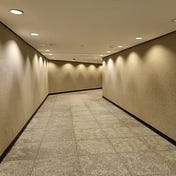
Dispatches from a Non-Place
Occasional fragments on labour, capital, precarity, the liminal and the outernational from a flight attendant and historian.

Occasional fragments on labour, capital, precarity, the liminal and the outernational from a flight attendant and historian.